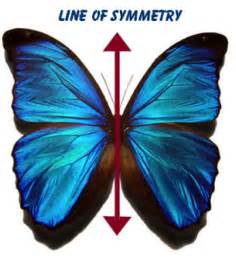Symmetry
4th Grade – Math – Swedish Education System
|
|
Materials for the classPhase 2. Pen and Paper for each student. Blue tack or tape for hanging the drawings.Phase 3. The teacher can have a costume help play the role. |
Layout of the classroomPhase 1 and 3. The classroom setting is empty to move freely.Phase 2. Bringing the desks together to make one big table.Phase 4. Visiting a museum |
|
Phase 1The teacher puts the students into pairs. One member of each pair is ‘A’ and the other one is ‘B’. Each member of the pair stand face to face. They look at each other carefully and focus on each other’s details. The teacher says every ‘A’ member should close their eyes and ‘B’ should change three things about their clothes or body parts. The teacher announces all ‘As’ can open their eyes they try to discover these three changes. After that, the roles change and same process are repeated. |
|
Phase 2
|
|
Phase 3All students walk in the classroom and the teacher says that ‘Welcome to Our Museum. Today we are presenting the Portrait of Artist from whole world.’ The teacher is in the role as a Guide. The teacher asks the students to look at the drawings on the wall carefully. Which part of the drawings is symmetrical? The students walk through the classroom and look at the portrait to discover symmetrical parts and asymmetrical parts. The teacher brings the whole group together and discusses the symmetry on the paintings and body parts. |
|
Phase 4Optional: The teacher arranges a visit to a real museum with realistic sculptures and status or paintings. The discussion about symmetry continues in the visit of the museum. |


 SmartOWL
SmartOWL